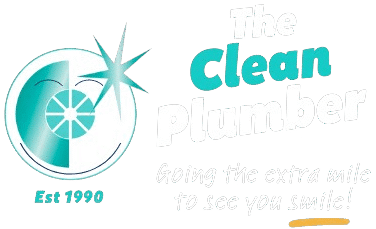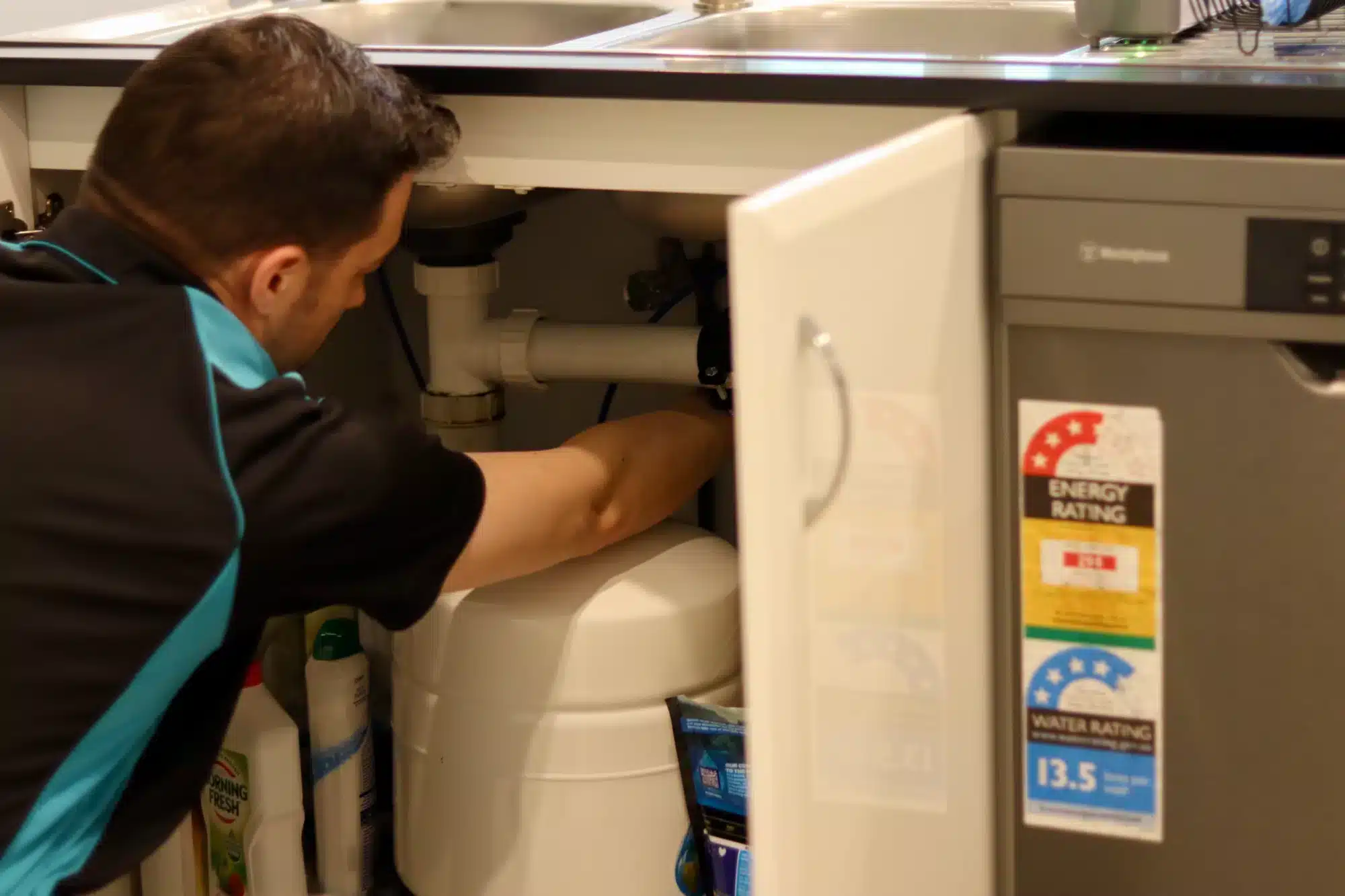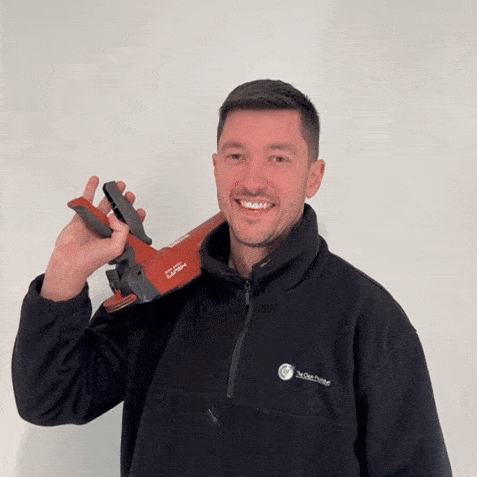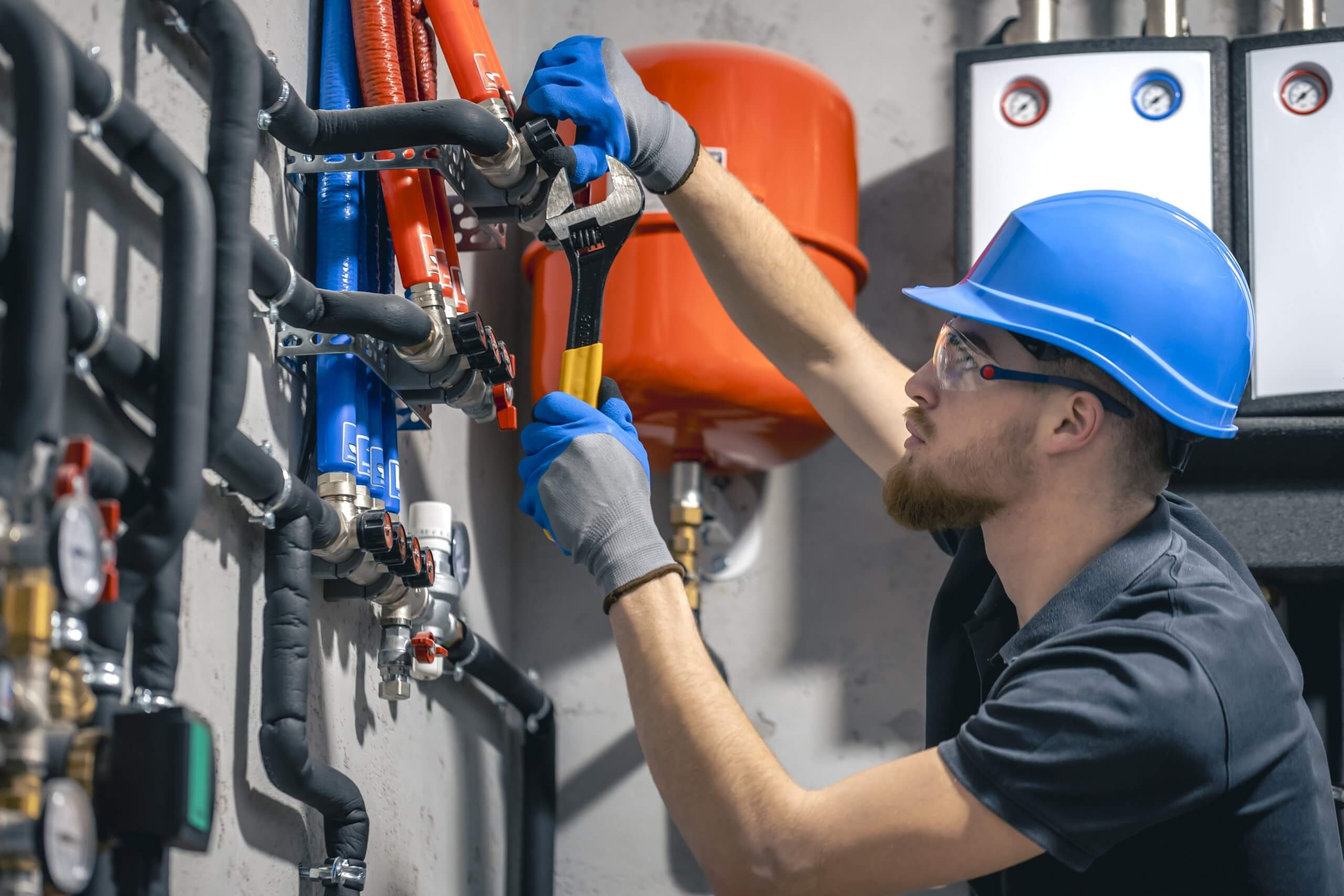Water leaks underground can be challenging to detect, often leading to significant damage and costly repairs if not identified early. Whether caused by environmental factors, plumbing issues, or natural events, underground water leaks can affect your home’s water pressure, water supply lines, and contribute to water loss, potentially leading to structural problems. Understanding the causes and signs of leaks, along with the methods available for detection, is crucial for addressing these issues before they escalate. In this guide, we’ll explore how to find an underground water leak, from simple inspections to advanced technologies used by professionals.
Causes of Underground Water Leaks
Underground water leaks can be caused by a variety of factors, including environmental conditions, plumbing issues, and natural occurrences, such as problems with water pipes and water supply lines. Identifying the causes early can help prevent potential damage and costly repairs. Some of the most common causes of underground water leaks include:
Soil Erosion:
Over time, the chemicals in the soil or water can erode underground pipes, making them more susceptible to an underground water leak.
Tree Roots:
Tree roots can infiltrate plumbing systems through small cracks in pipes, causing leaks over time, particularly in areas like toilet cisterns.
Pipe Corrosion:
Older metal pipes, especially copper ones, can corrode, weakening the material and causing leaks as the pipes become brittle.
Environmental Factors:
Ground movement, shifting soil, or extreme temperature changes can cause cracks or breaks in the ground, allowing water to leak.
Signs of an Underground Leak
Detecting underground leaks can be difficult, but there are several signs, including a key indicator of a large leak that can point to an issue beneath the surface, which may also reflect on your water bill :
Drop in Water Pressure:
A sudden or gradual drop in water pressure could indicate a leak somewhere in your plumbing system.
High Water Bills:
An unexplained increase in your water bill, despite no changes in your water usage, may suggest a hidden leak.
Water Pooling:
Excess water pooling in your yard or near water fixtures is often a sign of a large underground leak, which you can also detect using your water meter .
Visible Leaks:
Water leaking from ceilings or walls might indicate an underground leak affecting the plumbing.
Low Water Pressure:
This could also be a result of blockages, but it may also suggest a leak in your underground pipes.
Leak Detection Methods
If you suspect an underground leak, several methods can help pinpoint its location:
Water Meter Check:
Monitor your water meter for unusual activity. A spike in usage, even when you’re not using water, often indicates a leak somewhere in your system.
Wet or Soggy Spots:
Look for damp areas or wet patches on your property, especially near water fixtures or underground pipes, as well as other visible leaks .
Irrigation System Inspection:
Check for small leaks in your irrigation system, which can lead to significant water wastage.
Leak Detectors:
Tools such as water leak detectors or metal detectors can help detect underground water leaks by detecting changes in water flow or metal pipes.
Cracked Foundations or Pavements:
Unusual cracks or bulges in your driveway or sidewalk may be a result of water accumulating underground, causing structural damage.
Advanced Leak Detection Techniques
For more accurate results, leak detection specialists use the most sophisticated techniques, specialised equipment, and advanced technologies to locate underground leaks:
Acoustic Leak Detection:
Sensitive microphones detect the sounds of underground leaks, helping technicians pinpoint the exact location.
Thermal Imaging:
Thermal cameras detect temperature differences in the ground, identifying areas where water may be leaking from pipes.
Leak Noise Correlation:
Advanced devices can detect and correlate the sounds from leaks in pressurised pipes, providing an exact leak location.
Underground Cameras:
Cameras equipped with transmitters allow for visual inspections of pipes, helping detect cracks, blockages, or leaks without excavation.
DIY Leak Detection and Repair
If you’re comfortable with DIY methods, here’s how you can attempt to detect leaks yourself by following some simple steps :
Turn Off All Water:
Ensure that no water is being used inside or outside your home. Check your water meter for any unusual movement.
Inspect Plumbing:
Look for signs of leaks in both internal and external plumbing, such as damp spots, puddles, or dripping water.
Use Gas Injection:
Some DIYers use a gas injection method to detect leaks by pressurising the pipes with gas and looking for signs of escape at leak points.
Professional Leak Detection and Repair Services
If DIY methods don’t reveal the leak or you want to ensure a precise diagnosis, contacting a licensed plumber or a leak detection specialist regarding a potential leak is the best option:
Leak Detection Services:
Plumbers have access to specialized tools and equipment designed to detect even the most hidden underground leaks, helping you save money on repair .
Expert Diagnosis:
They can pinpoint the exact location of the leak, avoiding unnecessary digging and disruptive repairs.
Preventative Maintenance:
Professional plumbers can inspect your system regularly to prevent leaks due to environmental factors, helping save money in the long run.
Preventing Underground Leaks
Taking proactive steps to maintain your plumbing system, including the management of plants around pipes, can reduce the chances of leaks forming:
Regular Inspections:
Periodic inspections of your plumbing and irrigation systems can help identify issues before they escalate.
Prevent Root Infiltration:
Maintain your plumbing system to avoid tree roots infiltrating pipes, causing leaks.
Address Corrosion Early:
Replace or repair corroded pipes to prevent leaks from forming, particularly in older copper systems.
Install Water-Saving Fixtures:
Consider upgrading to water-efficient fixtures to save water and reduce your water bills.
Common Areas Prone to Underground Leaks
Certain areas are more vulnerable to underground leaks, including:
Underground Pipes:
Pipes buried just a few inches below the surface are particularly prone to wear and leaks.
Toilet Bowls and Cisterns:
Leaks in toilets, especially older models, can lead to water wastage and potential damage if not fixed.
Irrigation Systems:
Regular inspections of your irrigation system can prevent leaks that affect water usage and cause excessive runoff.
Conclusion
Detecting underground water leaks early is essential for conserving water, preventing property damage, and avoiding costly repairs, as well as learning how to find a water leak underground . By using the right detection methods, taking preventative measures, and seeking professional help when needed, you can protect your plumbing system and reduce the risk of underground leaks in your home, especially if you notice a sudden drop in your water pressur .
Frequently Asked Questions (FAQs)
- What is the best way to find a water leak underground?
- The best method involves a combination of water meter checks, inspecting for wet spots, and using advanced detection tools like acoustic devices or thermal cameras.
- How do I find a water leak underground in Australia?
- In Australia, leak detection uses similar methods to other countries, including water meter checks, visual inspections, and technologies like acoustic and thermal imaging.
- How do plumbers detect water leaks?
- Plumbers use specialized equipment such as acoustic leak detectors, thermal cameras, and underground cameras to locate and assess leaks in underground pipes.
- How do I detect water pipes underground?
- Professional plumbers use tools like metal detectors and acoustic technology to locate water pipes and detect any leaks beneath the surface.






